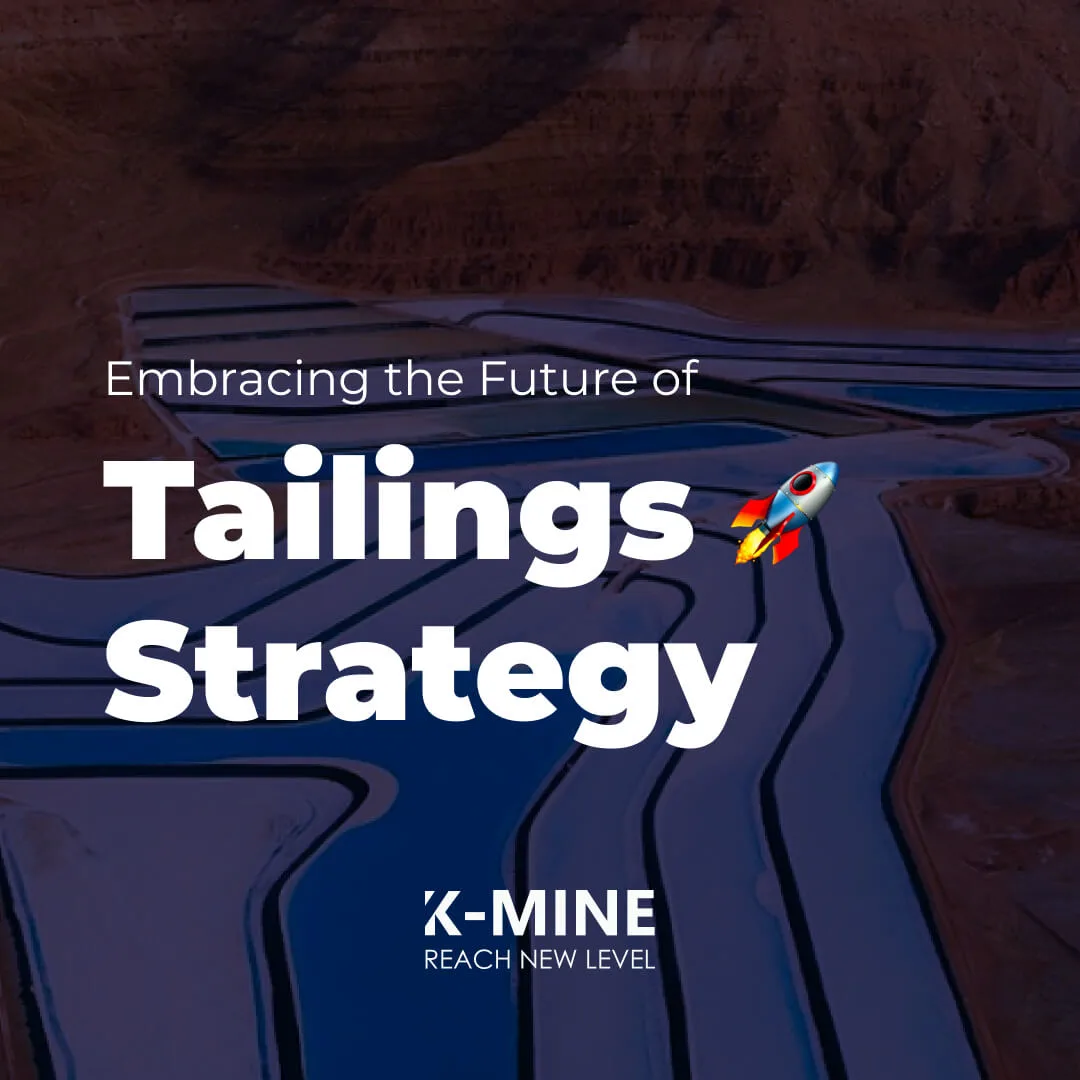 By prioritizing a comprehensive and forward-thinking approach to tailings technologies, businesses, communities, and other stakeholders can benefit in the long term. Mining companies are increasingly exploring alternative options for tailings storage facilities (TSFs), even for emerging projects, in response to the Global Industry Standard on Tailings Management (GISTM) and stakeholder expectations.
By prioritizing a comprehensive and forward-thinking approach to tailings technologies, businesses, communities, and other stakeholders can benefit in the long term. Mining companies are increasingly exploring alternative options for tailings storage facilities (TSFs), even for emerging projects, in response to the Global Industry Standard on Tailings Management (GISTM) and stakeholder expectations.
Introduced in August 2020, the GISTM sets a global benchmark for environmental, social, and technical outcomes in tailings management, with the goal of achieving zero harm to communities and the environment from tailings facilities worldwide. This encourages mining entities to delve deeper into the exploration of TSF alternatives, ensuring responsible and sustainable practices.
Sustainable Growth
Long-term benefits derived from comparing TSF alternatives can significantly outweigh the additional cost and risk, especially when unique project drivers or TSF constraints are present.
“Exploring alternative TSF technologies will enable mining companies to apply the optimal outcome on mine-waste design, both presently and in the future.”
Documenting and revealing the process utilized to consider TSF alternatives has additional advantages, such as project transparency and stakeholder collaboration. Similarly, adopting this methodology helps demonstrate environmental, social, and governance (ESG) principles in TSF and foster a more encompassing view of tailings management moving forward.
Key insights include cultivating a distinct mindset.
“It’s straightforward to perceive a TSF merely as a cost and primarily focus on its impact on project economics. Identifying and valuing the long-term, less tangible benefits of a successful TSF strategy and the repercussions if things derail is more challenging,” they said.
The GISTM provides mining companies an opportunity to showcase to stakeholders the process they underwent to choose their TSF, which is beneficial for the company, communities, investors, and the environment.
Tips for Smaller Miners in Aligning with the GISTM
- Start Early: The GISTM necessitates an early assessment of available technologies for new facilities. Companies aiming for institutional investment should demonstrate that they are working towards adhering to best applicable technologies and practices, as well as identifying tailings disposal options.
- Engage Stakeholders: The GISTM recommends identifying the optimal preferred solution via a project-specific multiple accounts analysis framework, necessitating engagement from numerous stakeholders with technical and non-technical backgrounds to contemplate alternatives.
- Be Open-minded: Influencing early evaluations of tailings technologies and strategies with subconscious bias can be easy. Every site, project, and client presents different criteria and objectives. Starting the assessment early and approaching it with an open mind permits a pragmatic, measured approach.
- Look Beyond Cost: Selecting a low-cost system may be enticing; however, if it is not paired with considering risks like permitting, community acceptance, governance, ongoing regulations, and compliance, actual costs may spiral beyond what would have been acceptable if a more balanced approach was employed.



 Back
Back